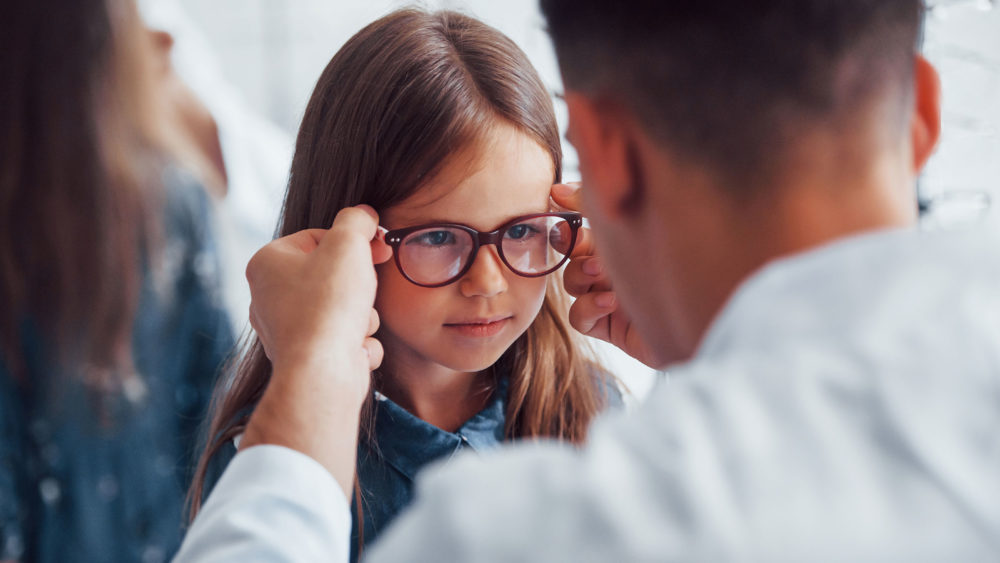
The World Council of Optometry and CooperVision teamed up to release ‘A Practical Guide to Managing Children With Myopia’. The guide is designed to help optometry professionals work with children who need eye care and their parents. The guide was created by four international eye specialists who work with children as well as adults worldwide.
Contributors to the guide are Dr. Fuensanta Vera-Diaz from the US, Dr. Kate Gifford from Australia, Dr. Rufina Chan from Hong Kong, and Dr. Carmen Abesamis-Dichoso from the Philippines. These specialists comment on the best way to diagnose children who are nearsighted. They also suggest ways to work with parents of myopic youngsters.
Children at Risk
Young people who are nearsighted display several signs of their condition, but parents do not always notice the symptoms immediately. A child may find it difficult to see certain objects in the distance. Dr. Gifford indicates that she looks at the family history of myopia. If both parents are nearsighted, it is possible for their offspring to have a similar problem.
“A child who is +0.75D or less at six years of age is at risk of becoming myopic by their teens and should be considered a pre-myope,” states Dr. Gifford. She recommends that children be tested at a very early age if there is a family history of myopia or a child displays signs of the condition.
Educating Parents
According to Dr. Chan, it is very important to educate parents to understand the child’s myopia.
“I believe it is essential to explain causes of myopia and give recommendations on healthy lifestyle habits such as time spent outdoors and the need to restrict near work as well as taking breaks during such time,” she explains.
Parents also learn how to encourage their children to wear glasses. This can be a concern with very young children ages three to five. They may feel they are different from their peers. Nevertheless, it is important for them to be able to see distant objects.
Parents can explain that wearing glasses may be a temporary solution to myopia. The situation can improve as the child ages. Contact lenses can be substituted for glasses for teenagers.
It may also be necessary for parents to inform teachers of a child’s condition. Teachers should have nearsighted students sit closer to the front of the class. There may also be restrictions for some sports for children with glasses.
Motivation
All doctors agree that careful management of children who are nearsighted depends on how well parents follow the recommended program. Parents must be supportive of a child with myopia and have scheduled annual check-ups.
Dr. Abesamis-Dichoso interviews parents to determine a child’s interests, sleep habits, and lifestyle. This gives her an understanding of how well the child will respond to a management program.
Children’s eyesight changes as they grow. Dr. Vera-Diaz compares the progression of a child’s axial length and diopters with the norms for that age group to evaluate the patient’s progress.
Contact us at Allentown Optical, a wholesale independent optical lab with a wide range of prescription eyewear and lenses for children as well as adults. We are located in Allentown, PA and we serve eye care specialists across the United States. We are always happy to help children see better.
